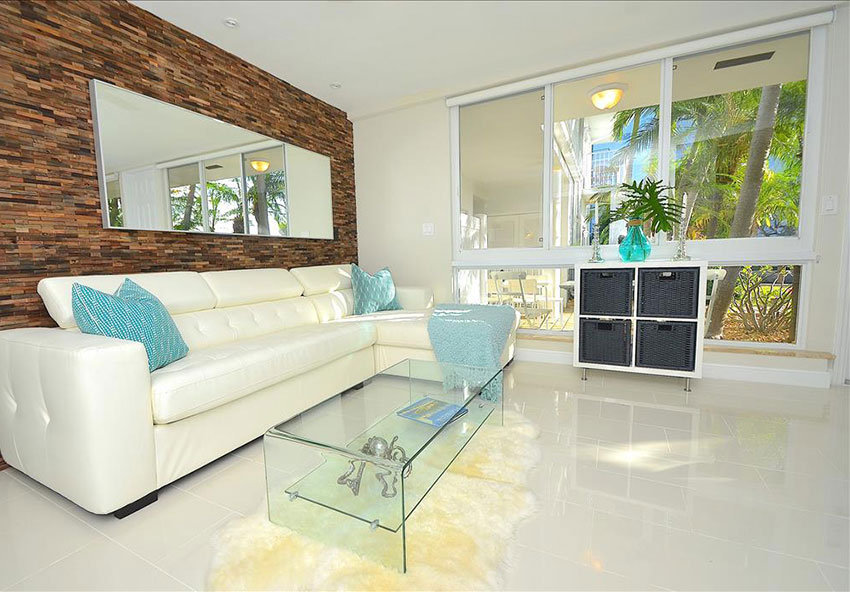- Home
- Building Green

Lot design, preparation, and development
Energy Efficiency
Water Efficiency
Green homes often conserve water both indoors and out. More efficient water delivery systems indoors and native and drought resistant landscaping choices can help prevent unnecessary waste of valuable water resources.
Operation, Maintenance & Homeowner Education
Improper or inadequate maintenance can defeat the designers and builders best efforts to create a resource efficient home. By providing homeowner’s with information about proper operation and maintenance rules, a builder can help assure that the green home that was so carefully built will also be operated in an environmentally responsible way.
What is Sustainability?
Paraphrased from a United Nations Environmental Program Document…. “Sustainability is, meeting the needs of people today without destroying the resources that will be needed…by persons in the future.
Indoor Environmental Quality
An increase in reported allergies and respiratory ailments and the use of chemicals that can off-gas from building materials have contributed to a heightened awareness of the air we breathe inside our homes.
Global impact
Selection of paints is one issue that falls into the group of global impact. Selecting low VOC (Volatile Organic Compounds) helps prevent the release of VOC’s from wet paint that form ground-level ozone pollution. Certified green homes earn their designation through energy and water efficiency, site planning, healthy materials, durability and other green practices. A process of building that should result in more sustainable communities and the reversal of many of the negative impacts of development upon our planet.
Benefits to the Consumer:
Green homes are energy efficient Green home use fresh water efficiently Green homes have good indoor air quality Green Buildings are designed with respect for their natural surroundings


Understanding Green Building:
Green building also has tangible economic and public health benefits. These include lower operating costs via reduced energy and water utility bills, and reduced maintenance and replacement costs due to greater durability of materials. The use of non-toxic materials in residential construction is especially important in protecting children from respiratory and other diseases. In commercial settings, green building results in improved occupant health and comfort (primarily due to indoor air quality measures and delighting) which in turn leads to higher productivity, less absenteeism, and reduced insurance costs and liability risk. On the hierarchy of human needs, shelter is second only to food. Everyone wants a place to live. One of the best and easiest ways to lessen the impact on the planet of fulfilling that need is to build environmentally-sound structures. Not only can we improve the global environment, building green can improve your local environment. CHB Custom Built Homes ChecklistBuilding Luxury Energy Efficient Homes:


